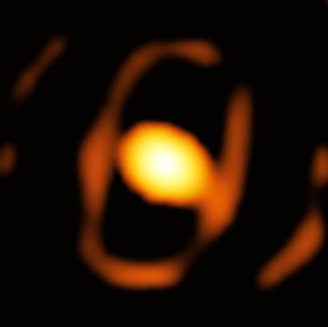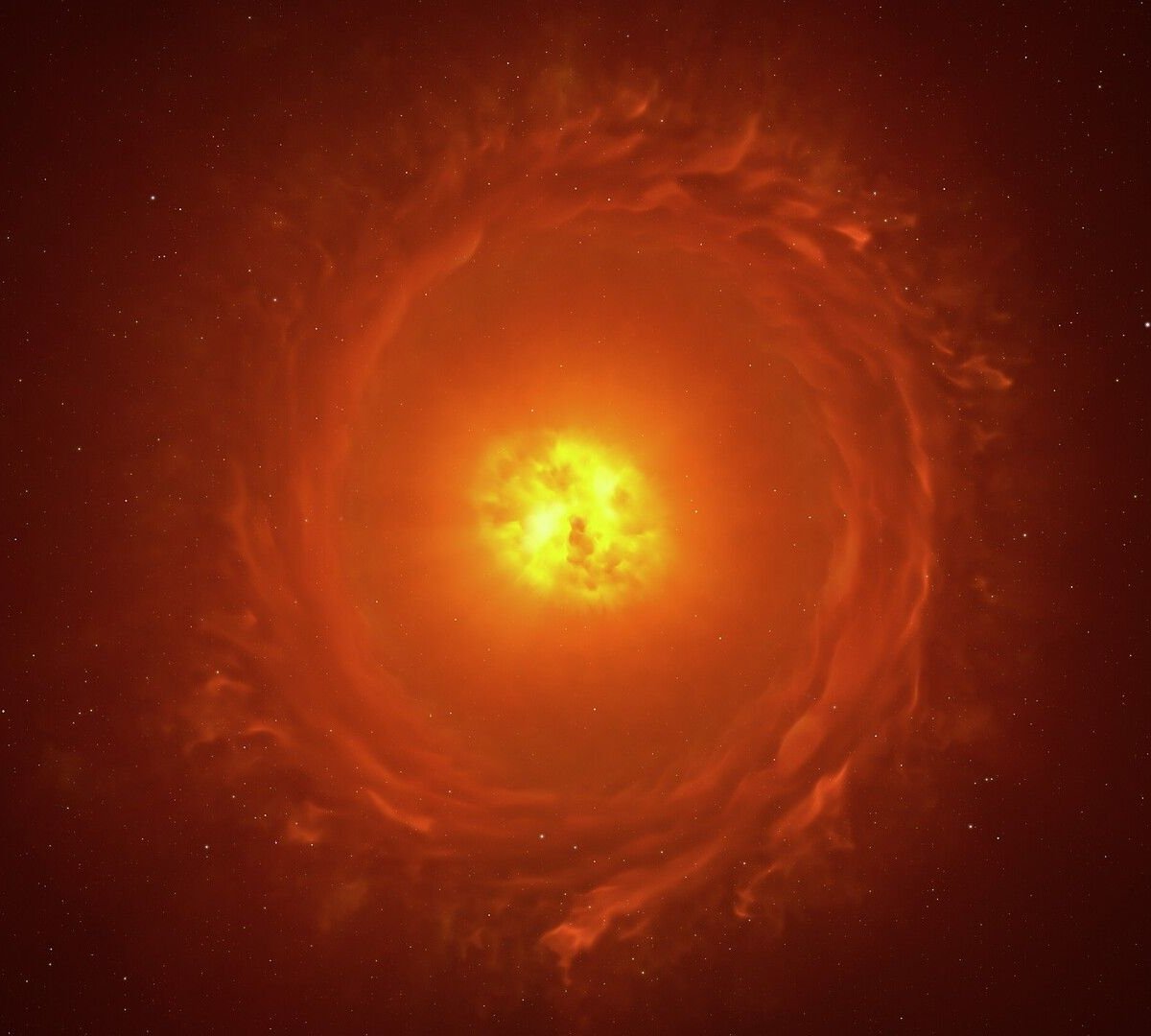In partnership with the US National Aeronautics and Space Administration (NASA), the European Space Agency (ESA) and the European Southern Observatory (ESO), The James Webb Space Telescope (JWST) presented stunning images obtained from data collected by the Hubble Space Telescope and other technologies.
One of the published images shows some characteristic views of the Sun, along with recordings of sunspots, magnetic fields and restless plasmas. Check out this and other featured images throughout the month!
Star of Vega
At the beginning of the month, the official website of the James Webb Telescope published two photos of the same celestial object. The first was recorded by Webb himself, while the second is a similar version captured by the Hubble Space Telescope. Both images show a disk of stardust surrounding the star Vega.
Vega is considered the brightest star in the constellation Lyra. While Hubble recorded the ‘false color’ version, Webb offered a slightly more realistic image. In both photographs, the dark circle at the center of the star attracts attention, resulting from the lack of data in this region.
“The James Webb Space Telescope resolves the glow of hot dust in the halo of the disk 23 billion miles away. The outer disk (similar to the solar system’s Kuiper Belt) extends from 7 billion miles to 15 billion miles.”
Star WOH G64
For the first time, science has managed to capture a magnified image of a star located outside our galaxy, 160 thousand light years away from Earth. Nominated WOH G64, star in one of the final stages before going supernova. In the picture you can see that it expels gas and cosmic dust.

According to the team, capturing magnified images of stars in the Milky Way is already an extremely complex task; Approximately 24 of these photographs have been recorded to date. So doing this outside our galaxy is even harder.
The photo of the star located in the Large Magellanic Cloud was obtained using Very Large Telescope (VLT) data from the European Southern Observatory.
“We discovered an egg-shaped cocoon that closely surrounds the star. We are excited because this could be related to a violent ejection of material from the dying star before a supernova explosion,” said Keiichi Ohnaka, an astrophysicist at Andrés Bello University in Chile and lead author of a study on the observations.
high quality sunlight
ESA has published new images of the Sun that reveal different phenomena related to the structure of the Sun. It’s worth noting that these photos were not taken directly from the Sun; actually, The images were created from high-quality data collected by the PHI and EUI instruments during an observation conducted in March 2023.

In total, there are four images with high-quality images collected with data from the Solar Orbiter probe. According to ESA, These are the best resolution images of the Sun’s visible surface, showing the hot plasma that is the star’s magnetic field.as well as other important data.
“The Sun’s magnetic field, from the smallest to the largest, is essential to understanding the dynamic nature of our parent star. These new high-resolution maps from Solar Orbiter’s PHI instrument show the beauty of the magnetic field on the Sun’s surface, flowing into great detail,” said Solar. Orbiter scientist Daniel Müller.
Did you like the content? So, stay updated with more astronomy related topics at TecMundo. Get the opportunity to understand how the Euclid Space Telescope produced a cosmic atlas. Until next time!
Source: Tec Mundo
I’m Blaine Morgan, an experienced journalist and writer with over 8 years of experience in the tech industry. My expertise lies in writing about technology news and trends, covering everything from cutting-edge gadgets to emerging software developments. I’ve written for several leading publications including Gadget Onus where I am an author.











